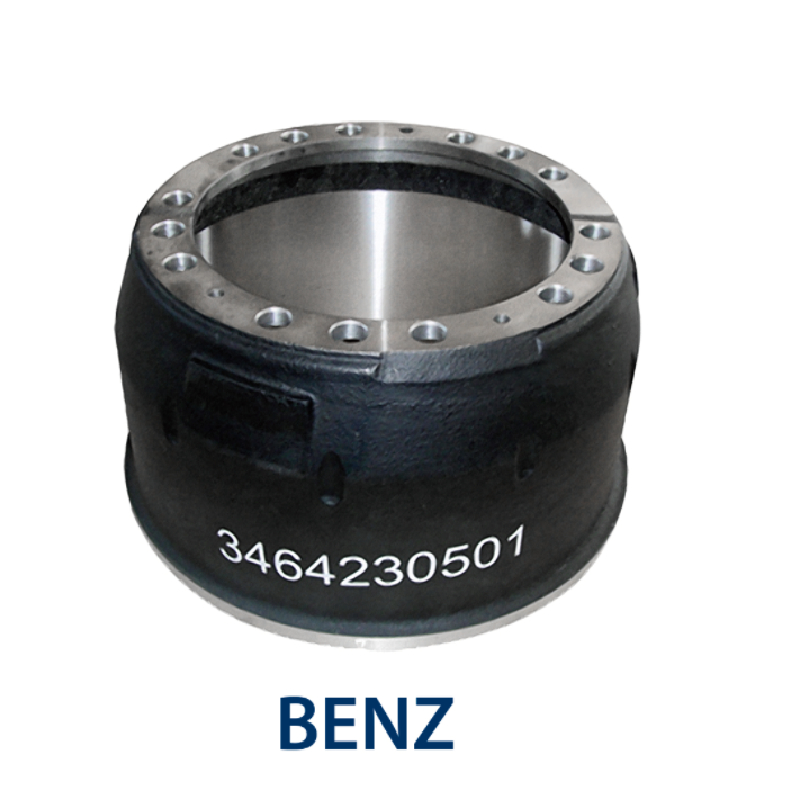Sep . 21, 2024 14:35 Back to list
brake drum vs brake disc
Brake Drum vs. Brake Disc Understanding the Differences
When it comes to vehicle braking systems, two primary types exist brake drums and brake discs. Each has its own unique advantages and disadvantages, making them suitable for different applications in automotive design and performance. Understanding these differences is essential for drivers, mechanics, and automotive enthusiasts alike.
Brake Drums The Traditional Choice
Brake drums have been in use for many decades and continue to be a common feature in many vehicles, especially older models and those designed for more cost-effective performance. A brake drum consists of a cylindrical housing that houses the brake shoes. When the driver presses the brake pedal, hydraulic pressure forces the brake shoes against the inner surface of the drum. This friction slows down the wheel’s rotation, ultimately stopping the vehicle.
One of the significant advantages of brake drums is their ability to generate a high braking force. They can handle heavy loads efficiently, making them an excellent choice for trucks and vehicles that frequently carry heavy payloads. Moreover, brake drums are relatively inexpensive to manufacture and replace. They also tend to have a longer lifespan under certain conditions due to their robust design.
However, brake drums come with their drawbacks. They can experience “brake fade” more quickly than discs when subjected to high-temperature conditions, causing a decrease in braking efficiency. Additionally, drum brakes can also be less effective in wet conditions since water can collect in the drum and reduce friction.
Brake Discs Modern and Efficient
brake drum vs brake disc

On the other hand, brake discs (or brake rotors) are generally favored in modern vehicles, particularly in performance-oriented models. A brake disc is a flat, circular component that rotates with the wheel. When the brake pedal is pressed, calipers clamp down on the disc, creating friction and slowing the car down.
Brake discs provide several benefits over drums. They dissipate heat more effectively, reducing the risk of brake fade and maintaining consistent performance under demanding conditions. Discs also offer better wet-weather performance as water is less likely to affect the friction between the caliper pads and the rotor.
Moreover, disc brakes tend to be easier to inspect and service, making maintenance simpler for mechanics. They also provide a more responsive and controlled braking feel, which many drivers appreciate, especially in high-performance situations.
However, they come with higher costs, both in terms of initial manufacturing and replacement. Brake discs and associated components can be more expensive than their drum counterparts.
Conclusion
In summary, choosing between brake drums and brake discs depends largely on the vehicle's intended use, performance requirements, and budget constraints. While drum brakes offer advantages in durability and cost-effectiveness, brake discs excel in heat dissipation, efficiency, and modern driving performance. As technology continues to evolve, many vehicles now use a combination of both systems, leveraging the strengths of each to create an optimal braking solution. Understanding these brake systems helps drivers make informed choices about vehicle maintenance and performance upgrades.
-
Brake Drum Man - High-Quality Drum Brake Drums & Brake Shoes for Reliable Performance
NewsJun.24,2025
-
High-Quality Brake Drum Kamaz – Durable Drum Brake Drum & Brake Shoe Replacement
NewsJun.10,2025
-
High-Quality Brake Drum Liza for Drum Brake Systems - Superior Durability and Performance
NewsJun.10,2025
-
High-Quality Brake Drum Kamaz – Durable Drum Brake Drum & Brake Shoe Solutions
NewsJun.10,2025
-
Durable Kamaz Brake Drums High-Performance Truck Parts
NewsJun.09,2025
-
Premium Brake Drum Maz Kit with Shoes Enhanced Braking
NewsJun.09,2025
